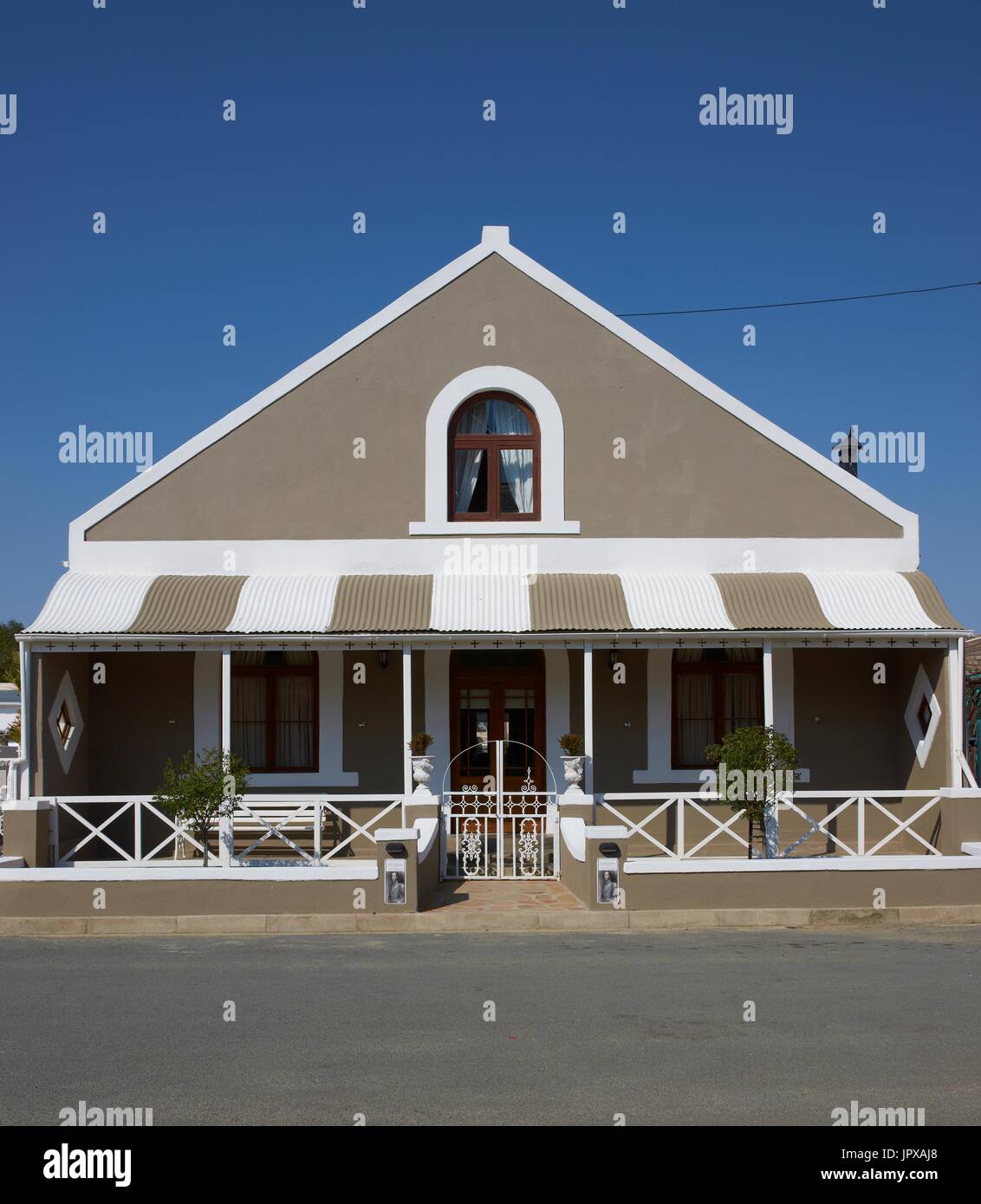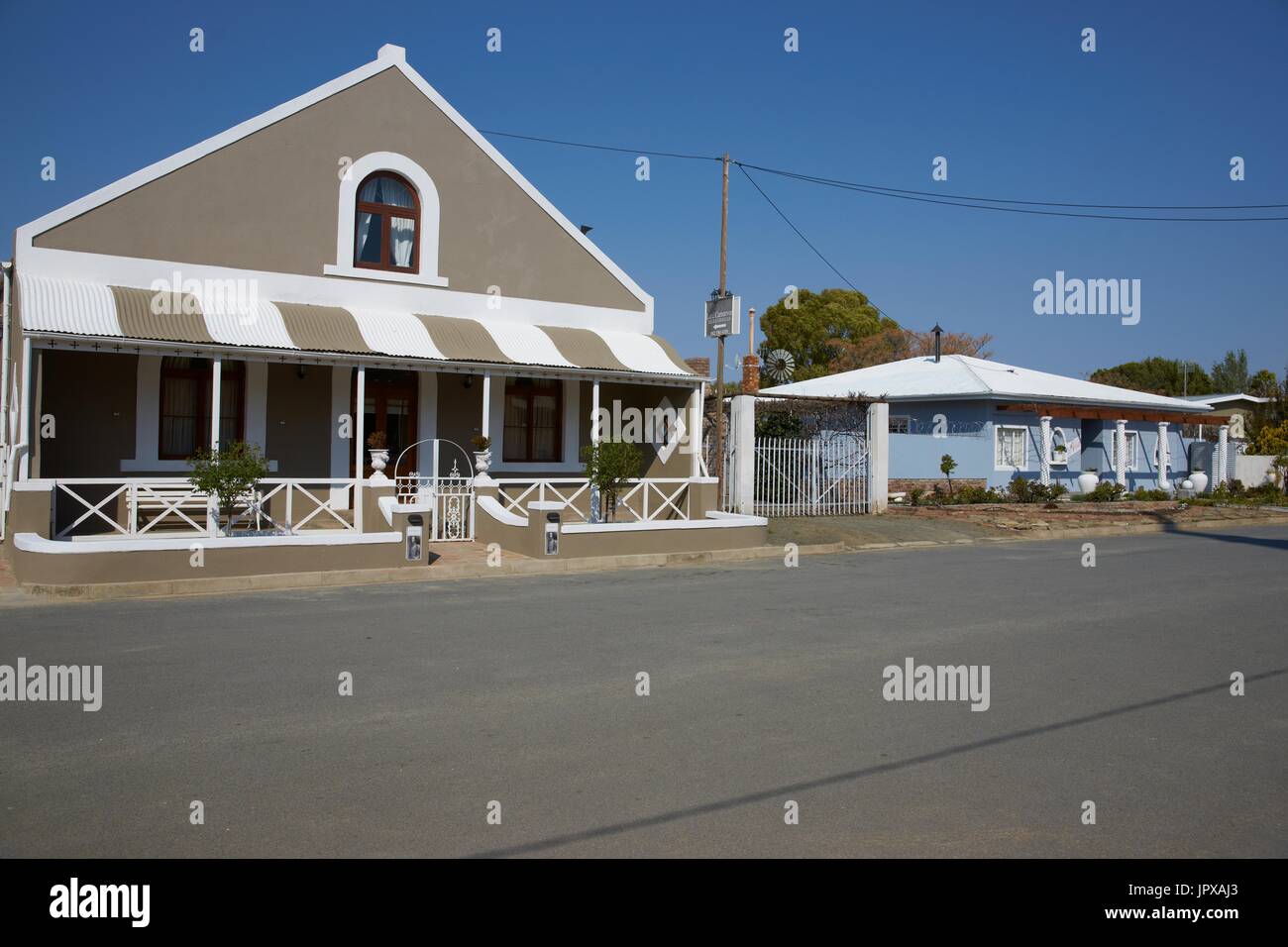- Coastal town's landlocked yacht club stops tourists and damages local economy
- South african indian online dating growth
- Teenage dating sites south africa
- South Africa,
- Best Karoo-look images in | southern africa, south africa travel, south afrika
Coastal town's landlocked yacht club stops tourists and damages local economy
It will develop the skills, regulations and institutional capacity needed in the SKA partner countries to optimise African participation in SKA Phase 2 and enable participation in SKA pathfinder technology development and science. It will involve skills and knowledge transfer in African partner countries — to build, maintain and operate radio telescopes. It will bring new science opportunities to Africa in a relatively short space of time and develop robust radio astronomy science communities.
The Kenyan conversion project at Longonot is to be restarted after several non-engineering setbacks.
South african indian online dating growth
A new joint implementation plan will be developed with the Kenyan teams to ensure alignment of the skills development programme and realisation of the Kenyan observatory. Some partner countries are unlocking funds for specific initiatives. Mauritius has invested in a small interferometer, established a bursary programme open to all partner countries and invested significantly in building their research community. Through the Newton Fund, Botswana, Kenya, Namibia and Zambia will see key skills development programmes in collaboration with leading UK institutions over the next three years.
The meeting concluded with the hope that when South Africa hosts the African Union AU Summit in June , leaders from all the partner countries will be able to report on the implementation of the Science, Technology and Innovation Strategy for Africa. As the ministers had committed to mobilising additional funds to set up the AVN observatories and making available the land and associated infrastructure needed for the AVN project, SKA South Africa project director, Dr Bernie Fanaroff, reported how the investment made by the South African government in science is beginning to attract international investment.
Launched in September , there are currently 15 Ghanaian researchers involved. The project aims to train researchers in Ghana to monitor methanol masers to map the structure of the Milky Way. Some 60 researchers will be trained to use the Kutunse antenna for observing in a three-year programme. Industry too has expressed willingness to help expand preparations for the big data revolution into Africa. Zambia has secured 25 hectares of land north of Kasempa for the project office and is acquiring the title deed. Alternative, optional sites have also been identified.
A technical team from the SKA office visited Zambia to do a feasibility study to assess the suitability of the Zambia has earmarked the development of a strategy on space sciences intended to set the stage for a legal and institutional framework for the AVN project and support from some of the partner countries to obtain their experiences. Mozambique has identified three sites for the AVN project. The other two sites are larger and more remote and will host antennas and stations.
Mozambique has secured the land for infrastructure development and identified experts at national level to coordinate the project, through the Eduardo Mondlane University.
Teenage dating sites south africa
The Ghanaian team is working closely with their SKA counterparts on the conversion of the 32m telecommunication antenna at Kutunse. It is a high-intensity engineering programme to realise a telescope system for a maser monitoring programme and VLBI operations.

They expect to begin limited functionality in August or September Significant structural and mechanical repairs will continue from September to February Full functionality is expected towards March A seven-member Ghanaian team has been trained in South Africa. The Royal Society and Leeds University have jointly awarded funds to train 60 young scientists in astrophysics. The Minister of Higher Education and Scientific Research said astrophysics is a relatively new field in Madagascar, but that they are working hard to build competency in radio astronomy.
- Teenage dating sites in south africa.
- lesbian dating app in Ventersburg South Africa.
- dating downtown in Kutloanong South Africa;
- Online Dating with EliteSingles?
- Obituary content by year - Wits University?
- auto hook up in Kathu South Africa;
A degree course has been introduced at the University of Antananarivo in the engineering and physics of signals and systems, to build capability in signal treatment. A speciality has been introduced in command, control, communication, computer and information systems.
Three institutions offer radio astronomy training. Four sites have been identified as potential host sites for SKA antennas. One site proposed for a new build is in the remote southern region and around the capital Antananarivo there is an existing, underutilised antenna. These sites could be used for training.
- Western Australia.
- Preface to the Paper-Bound Book.
- New Project in the South African Karoo will Unlock Universe’s Mysteries.
- dating springs near Bloemfontein South Africa.
- sex dating in Robertson South Africa.
- Puhelinnumero Lapsi yksin hinta Suomi.
Negotiations are under way with the telecommunications ministry on co-operation to use another possible conversion antenna. A communication campaign has been introduced to tell the public and decision-makers about the SKA project. Premises are being identified for the location of a data centre. An instrument hosting arrangement is being set up for an ionospheric scintillator between the University of Mauritius and the South African National Space Agency. A new solar instrument for producing solar data will be installed through a memorandum of understanding between the University of Mauritius and the University of Reunion.
A Joint Exchange Development Initiative workshop has been held to build research and collaboration capacity. In the final stages of acquiring the land around Mount Longonot where the telecommunication dishes are currently located. European Union is funding upgrade and purchase of equipment for astronomy training for the Technical University of Kenya.
Landscape is ideal for radio telescopes. National Strategy for the Development of Space Science has been drafted and budgeting for a new build dish has started. Experts will assess the suitability of the land identified for the new dish. Curriculum of University of Botswana science faculty under review. China-Botswana cooperation has taken 20 experts to China on an exposure and training mission, mostly on satellite applications.
Good progress on technical infrastructure means focus can shift to Human Capital development HCD issues. An institution has been identified to host the HCD programme.
In the interim South Africa, and possibly Mauritius, will assist with training. Government has prioritised space science. By Professor Oleg Smirnov. So calibration therefore becomes critical in relating numbers coming off the telescope to underlying physical quantities.
Historically, our understanding of interferometric calibration has proceeded in three distinct phases. This was only good enough for The dynamic range DR is the ratio a dynamic between the flux range DR of the brightest of around and faintest to 1, features that can be but enabled accurately detected in an image. This was a revolution because it allowed DRs of up to , to 1, which was good enough to exploit the full capabilities of the telescopes of the time.
As instruments became increasingly sensitive, more subtle instrumental effects became a bottleneck for moving to a higher DR. These include variations in the primary beam or sensitivity pattern of each antenna figure 2. While the MeerKAT is being built, these tools are polished with data from the JVLA — a dish array with half the number of antennas, but more collecting area and massive bandwidth, giving roughly similar calibration challenges to those of MeerKAT.
FIGURE 3 a Artefacts around sources caused by primary beam rotation are b reduced by applying a primary beam model and c completely eliminated via differential gains. With the old DG-only approach, the DG solutions must be done on short timescales d to track the full beam variation. With a primary beam model in place, we can achieve the same result with DG solutions on longer timescales e that ultimately results in higher-fidelity images.
South Africa,
This is rendered in log scale to exaggerate faint detail. The overall sensitivity pattern imposed by the primary beam is clearly visible main lobe, first null, sidelobes. If not corrected for, these manifest as artefacts in the image figure 3a. It solved for a time-variable gain towards individual bright sources. These solutions would then track the rotating beam variations figure 3d and remove the artefacts figure 3c.
A comforting new benchmark is that the processing time for the 5 million image is now better than real-time: 10 hours of compute time for an image from 14 hours of telescope time, on a single high-end compute node. This bodes well for the MeerKAT, suggesting that such detailed 3GC processing for its data will be affordable even for individual scientists and small groups. After all, the 5 million image required a lot of human input and fine-tuning to produce.
Sphesihle Makhathini is working on turning these lessons into automated processing pipelines that can produce such results with minimal or no human intervention. Complicated extended sources, of which Cygnus A is perhaps the most famous, present a very different challenge. Raw radio images are corrupted by a complicated point spread function due to gaps between telescopes.
Best Karoo-look images in | southern africa, south africa travel, south afrika
For point-like sources such as those in the 3C field, deconvolution is easily handled by the venerable CLEAN algorithm dating from , but this breaks down on complex sources such as Cygnus A. One very promising development is a new family of deconvolution algorithms based on compressive sensing CS theory. With more JVLA data of this source coming, more exciting images should be in the offing. Such collaborations show that 3GC is more than a toolbox — it is a community and one in which South Africa is quickly becoming the hub. More about these in the future — watch this space.
In the mids, a seven-year old boy named Justin Jonas, who hailed from the East End of London came to South Africa with his parents. The family moved to Uitenhage in the Eastern Cape, where his father, a toolmaker, worked in one of the many automotive factories in the area.
Money was tight and there were no luxuries in the Jonas family household. From an early age Justin spent his weekends helping his dad make alterations to the house and disassembling and reassembling the engine of the family Mini Cooper. From these shared activities the young Justin developed a passion for problem-solving and understanding how things work. He saw first-hand the virtues of patience, determination and workmanship of the highest quality. In his teens Justin loved listening to music, like all his peers. But his parents could not afford to buy him a radio.
So he built his own. Little did he know it at the time, but this would be the first of many radio receivers that he would build in his life. He might have been schooled in the small town of Uitenhage, but he benefited from the dedication of excellent maths and science teachers. They saw the potential of this reserved young boy and encouraged his ambition to become involved in radio astronomy, a relatively new field at the time.
While still at school, he had developed a fascination for the enormous Lovell telescope at Jodrell Bank in Cheshire in the United Kingdom. One day he would come full-circle when the International SKA Organisation would be headquartered there. One of his science teachers organised a visit to the Rhodes University Physics and Electronics Department and a lifelong passion was born when he saw the microwave radio receiver being built there.
